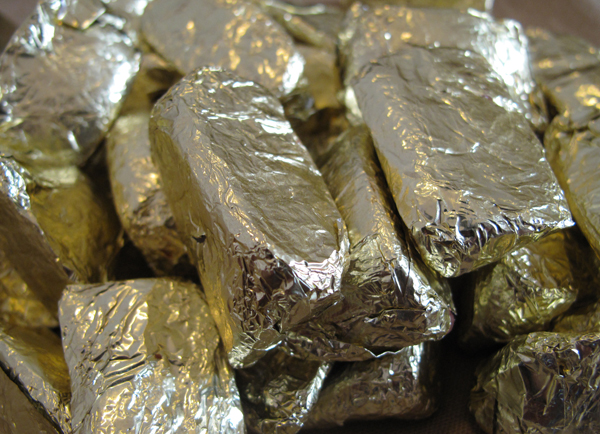
Though gianduia is now available year-round, it was originally a seasonal product, available during late autumn and winter months.

Though gianduia is now available year-round, it was originally a seasonal product, available during late autumn and winter months.
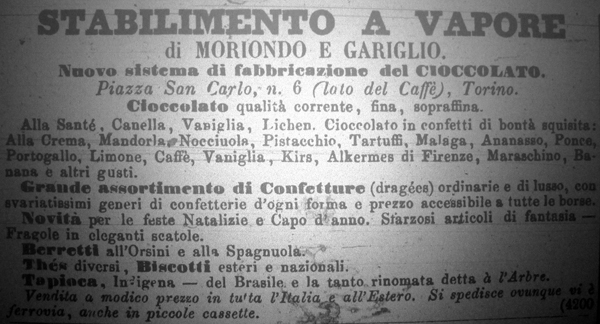
The Napoleonic myth does not hold water (Part 4). The thirteen-year-old Michele Prochet did not invent gianduia in 1852 (Part 9). The best evidence for Prochet, Gay & Co.’s invention in 1865 is an unsubstantiated statement by Prochet’s company over thirty years after the fact, which openly acknowledges that the claim was contested (Part 13). The tales of gianduia’s naming first appeared over sixty years after the fact and are riddled with internal and external inconsistencies (Part 14). So where does that leave us?
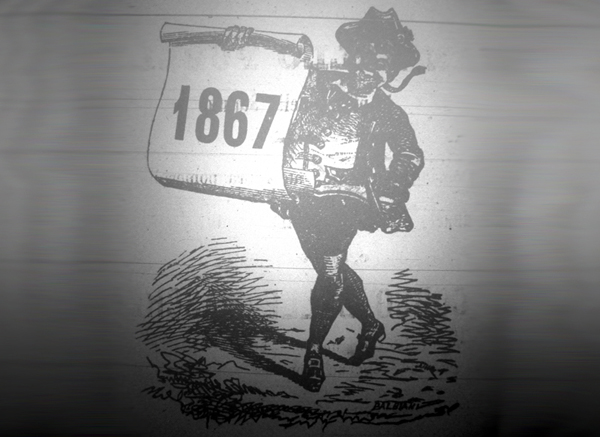
The story of gianduia’s naming is as common as that of its creation. As with the prevailing account of its 1865 origin, the naming myths are also traceable to Succ. Caffarel Prochet & Co.
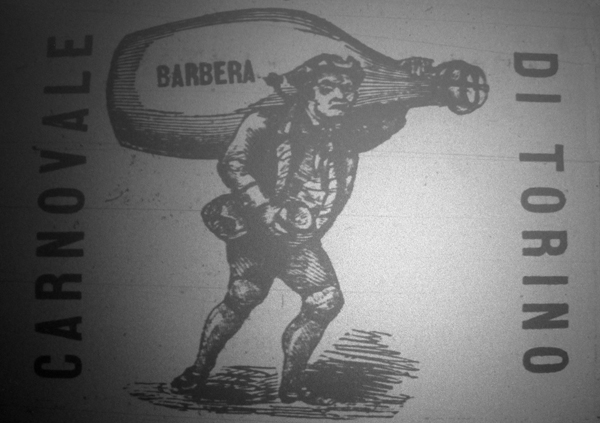
If the first gianduiotto appeared during the politically pivotal 1865 carnival season, it would contribute significantly to the confection’s legend, associating it with Gianduia’s symbolic reconciliation of the Turinese with Vittorio Emanuel II in the interest of the Risorgimento. But did it? Continue reading »
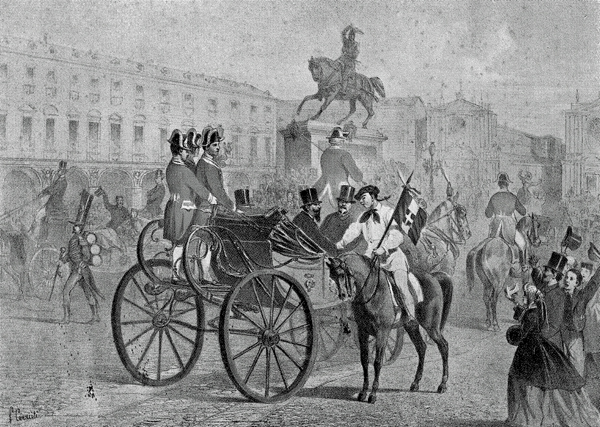
Though Gianduia remained both puppet and political symbol through the 1860s, the character adopted a new function. Gianduia became the central figure in Turin’s celebration of Carnival—the setting for the probable first appearance of the confection that would come to bear his name.